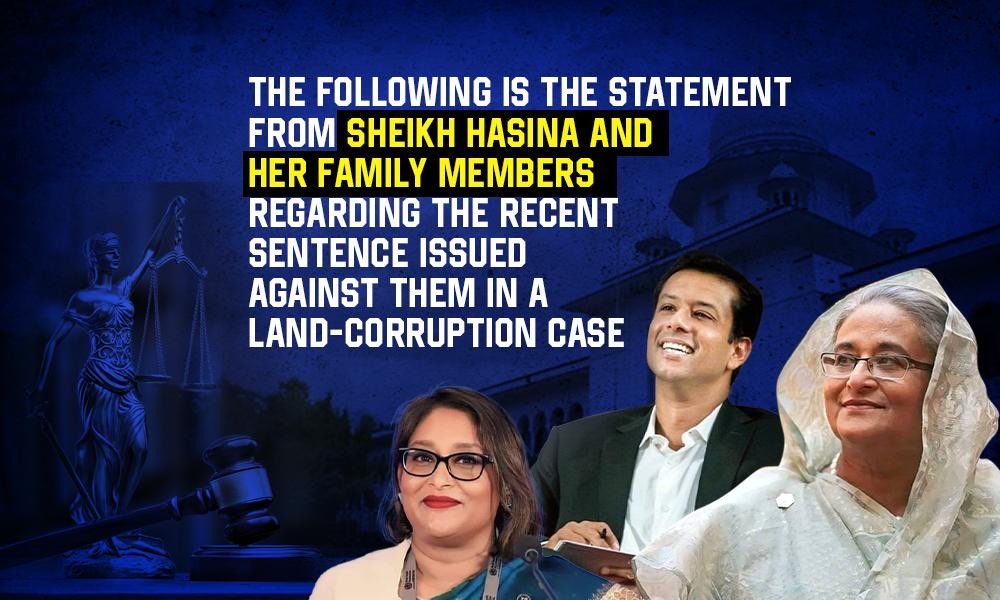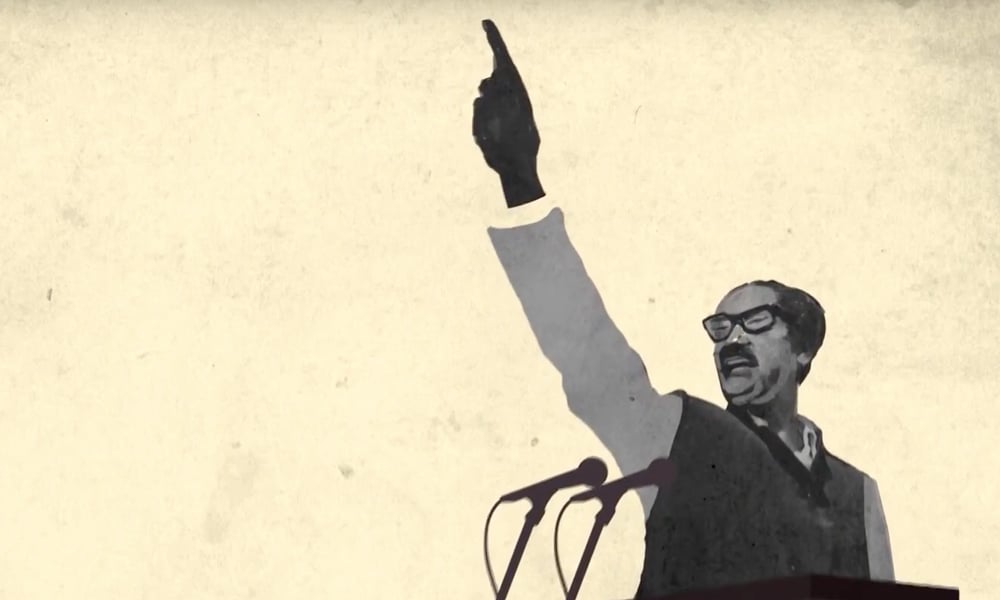4383
Published on April 21, 2025Bangladesh’s foreign currency reserves have not increased by US$1 in the last eight months. At the end of July 2024, the country’s reserves stood at US$20.39 billion. After eight months, they stood at US$20.38 billion (as of March 2025).
It was a popular myth that Sheikh Hasina’s government resulted in much debt for Bangladesh. In 2009, when the Awami League came to power, the debt-to-GDP ratio of the country stood at 34%, which only increased to 36% in August 2024. Thus, there is no logic to the allegation that Bangladesh became severely burdened by debt under the successive Awami League governments. The only way such an allegation would have credence is if the debt-to-ratio increased to over 77% (the threshold point considered by the IMF), which, as stated earlier, did not even remotely happen.
The fact that Sheikh Hasina was able to undertake such a massive development undertaking and take the country from a $93 billion economy to a $468 billion economy while keeping the debt-to-GDP ratio at 36% is astonishing, which any neutral observer would have to admit. The per capita income of Bangladesh went to $2800 from $540 during Sheikh Hasina’s tenure. Bangladesh got into the process of graduating to a developing country from the LDC by fulfilling all three criteria of the UN because of Sheikh Hasina’s economic policies.
There are those who say that the Yunus government is having to repay the loans taken by the previous government. That is nonsense. Repayment of loans is a regular process. Every country does it. While in government, we did the same. The same is happening in the last nine months too. We would have repaid the loans if we were in government. We took loans for development, repaid the loans, and also increased our foreign exchange reserves.
The Yunus apologists say that no money has been laundered in the last nine months. Then, why haven’t forex reserves increased by even 1 cent?
- Mohammad Ali Arafat, Central Executive Member, Bangladesh Awami League














